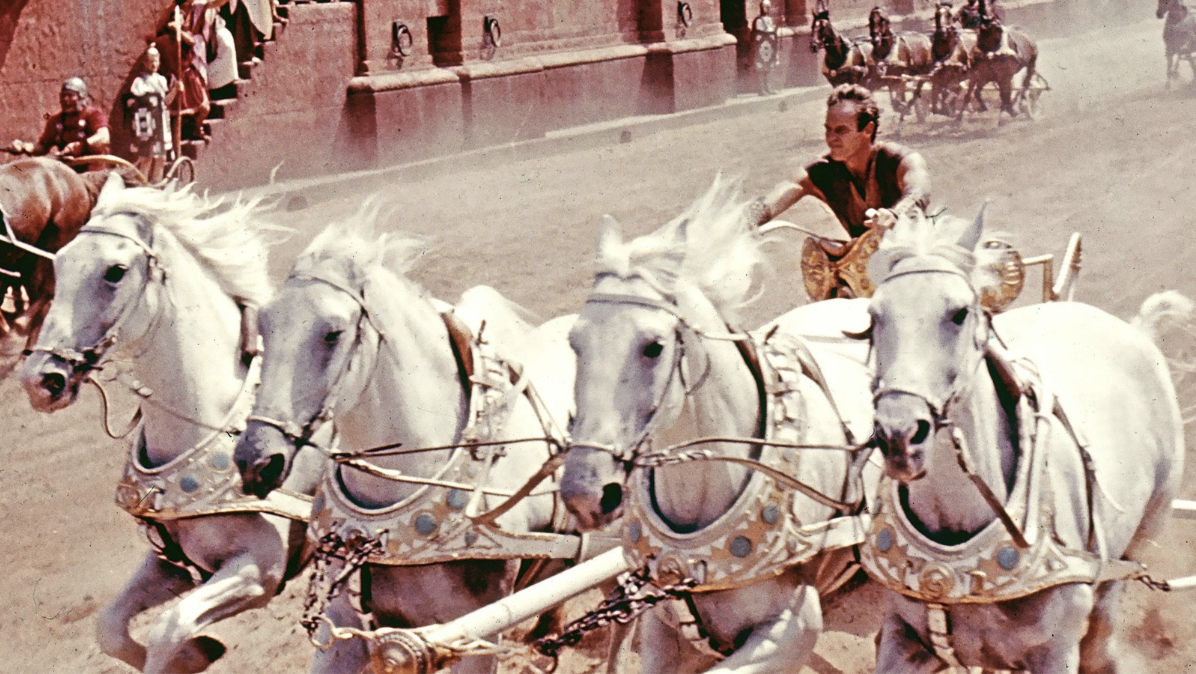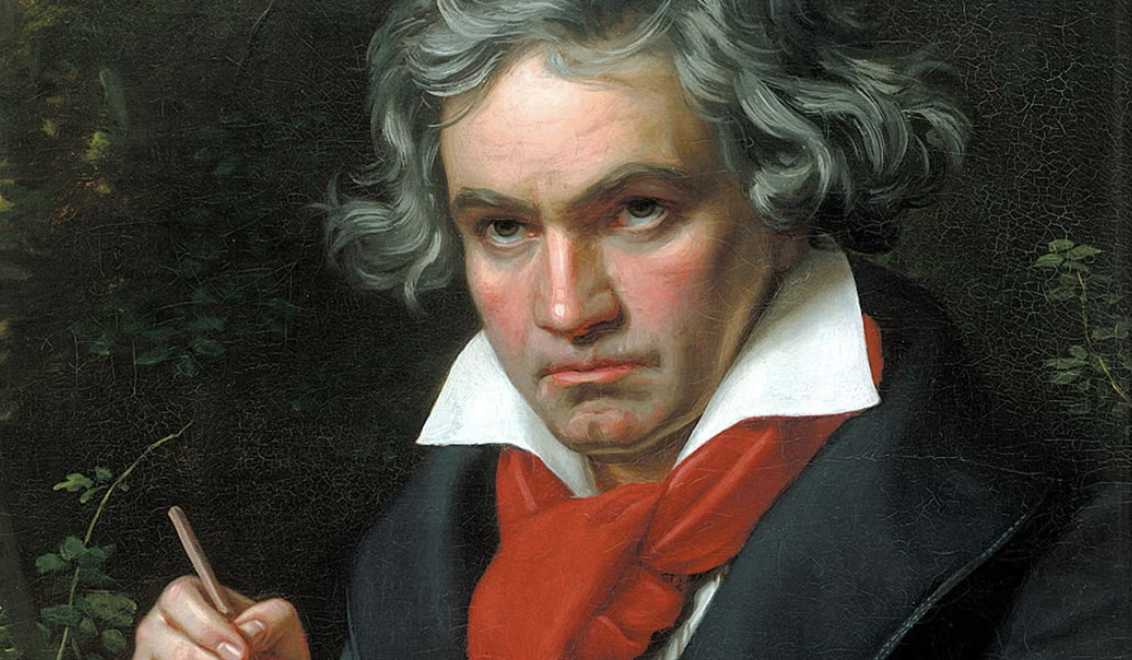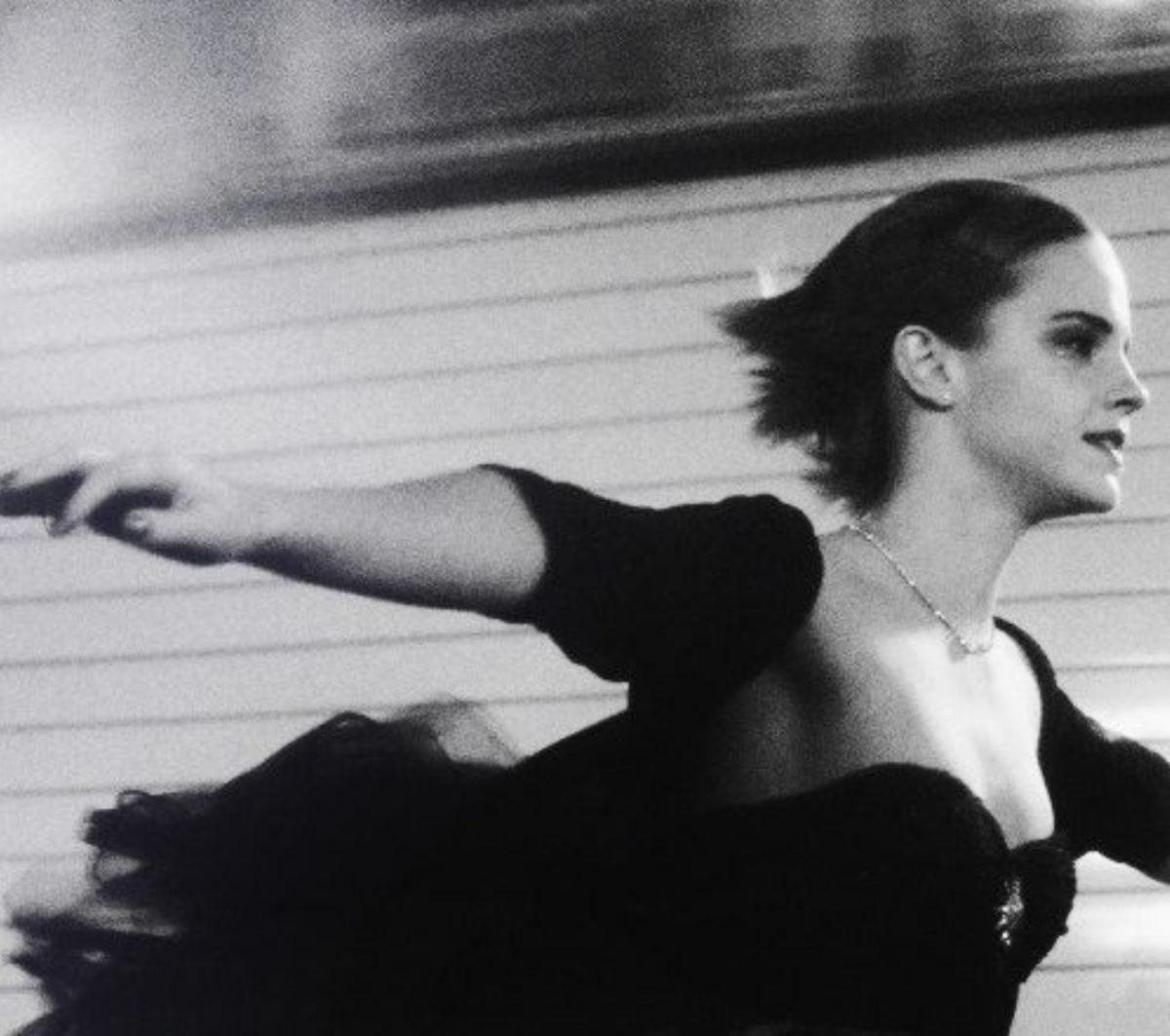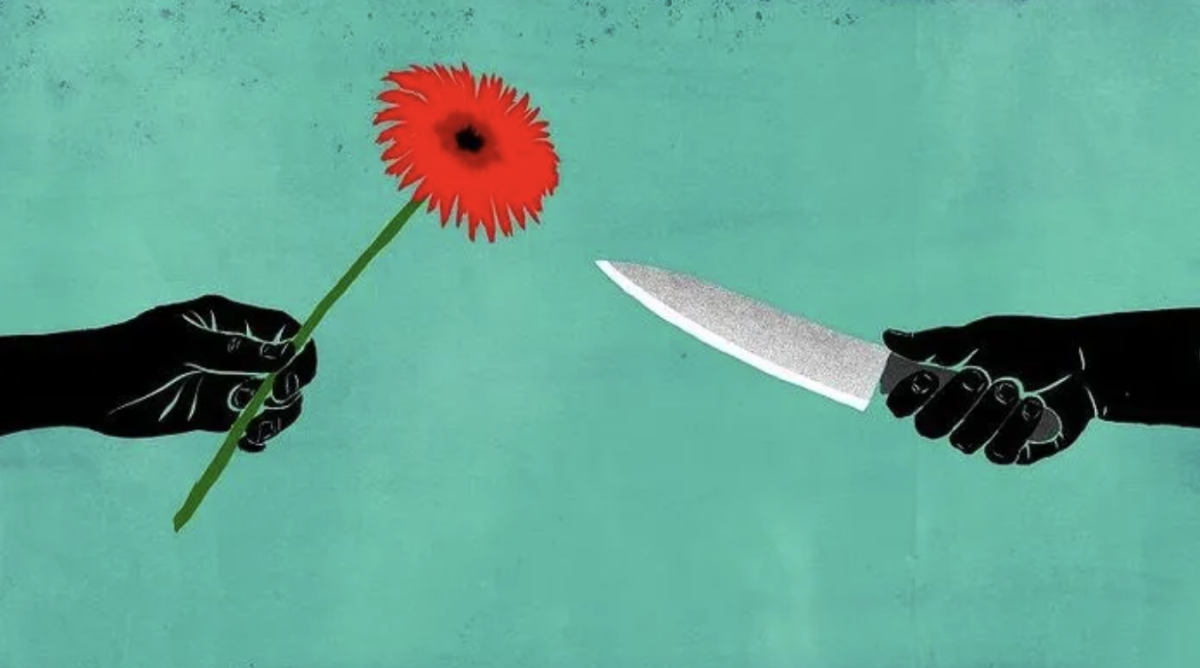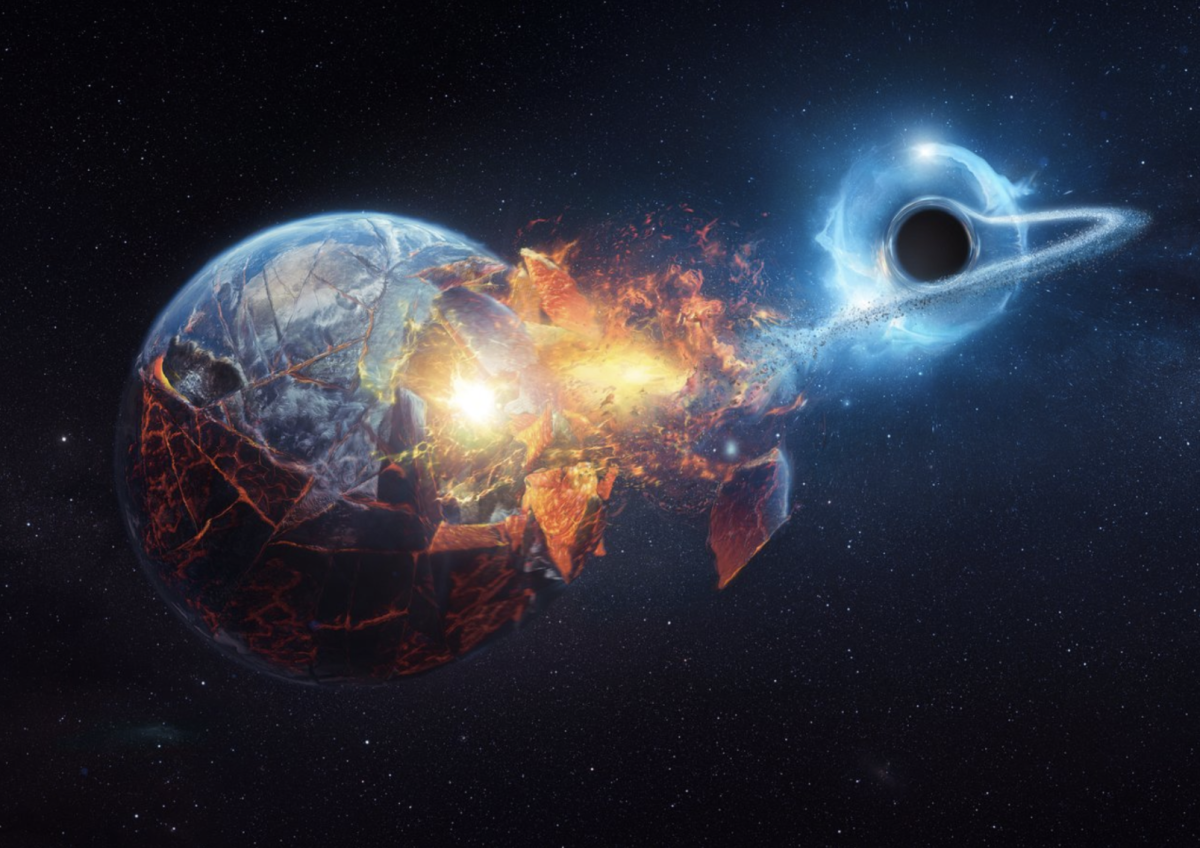The Academy has finally decided to honor the unsung hero of the film industry. A new addition—the Academy Award for Achievement in Stunt Design—is to debut at the 100th Academy Awards, which will take place in two years.
This recognition was not achieved overnight. For years, the stunt performer community has been advocating for Academy recognition, highlighting the risks involved and how it can be an integral part of the filmmaking process. In an interview with the BBC, legendary stunt performer Vic Armstrong, who doubled for James Bond and Indiana Jones, shared his frustration with the industry. He said, “I feel pretty strongly that we are being pushed to one side regarding the Academy Awards. We will keep fighting though.”
From epic sword fights in period dramas to daring car stunts in sci-fi blockbusters, stunts make the action come alive. From Frank Hanaway’s first documented horse stunt in 1903 to Tom Cruise’s plane-hanging scene, stunt performers continue to create unforgettable moments in film.
In recent years, The Fall Guy, directed by David Leitch, brought stunt performers back into the spotlight by showing the danger, thrill, and dedication behind their work. Leitch, a former stunt performer himself, has used his work to bring attention to how complex and expressive stunt work truly is, and how it deserves as much respect as any other part of film production.
To celebrate the Oscars’ new category, here are some of my favorite iconic stunt scenes that would have been Oscar-worthy if the award had existed earlier.
Free-fall from the CN Tower: Dar Robinson
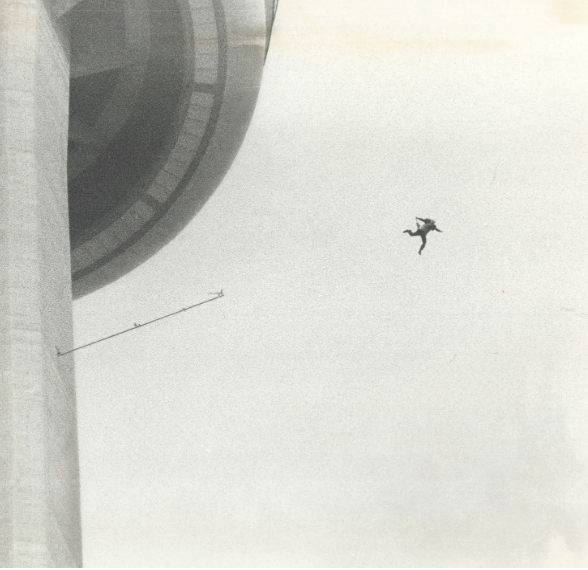
Dar Robinson jumped from the CN Tower in Toronto for the film Highpoint (1979). Robinson was an American stunt performer who broke 19 world records and set 21 new “world firsts” in stunt history. The photo shows him acting as a stunt double for Christopher Plummer as he made a free fall from about 366 meters (or 700 feet) setting the world record for the highest wireless free-fall jump in a film. He relied on a parachute concealed in his suit, which opened at the last possible moment. Despite his daring jumps, Robinson’s stunts were always meticulously planned, and he never broke a bone during his 13 years in Hollywood. His name is etched in stunt history, as he is remembered as one of the most iconic figures in stunt history.
The James Bond Corkscrew Jump: Loren “Bumps” Willert
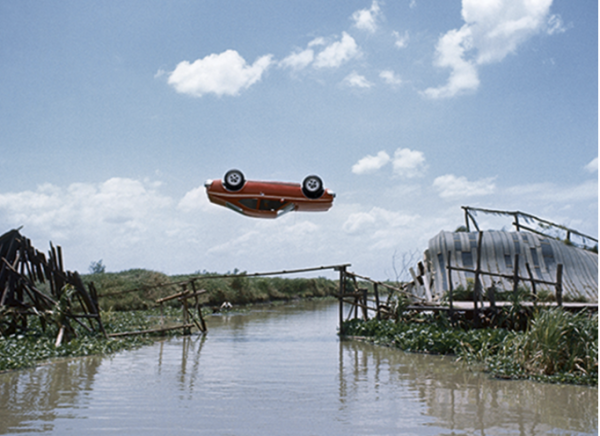
The corkscrew jump in The Man With The Golden Gun (1974) remains one of the most spectacular stunts in the 007 series. This marked the first computer-modelled stunt in movie history. Based on precise calculations, the car had to hit the curved ramp at exactly 48 miles per hour, while perfectly balanced so the driver and steering wheel were exactly in the middle. The stunt performer, who had never ridden the car before or ever done the stunt, pulled it off in one take, creating one of the most iconic scenes in Bond history.
Aerial Zipline Stunt: Simon Crane
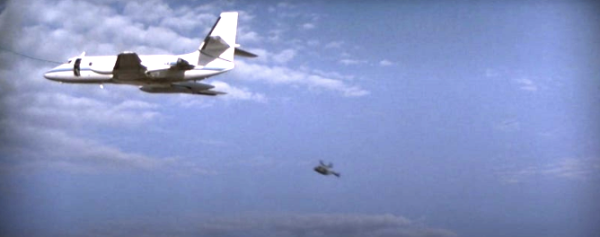
Cliffhanger (1993) set the Guinness World Record for the most expensive aerial stunt at the time. Simon Crane was paid $ 1 million to zipline from one plane to another while flying at an altitude of 4572 meters (15000 feet). The initial plan was to secure him at the other end of the line and pull him safely into the plane. But as Crane reached the end of the line, he was hit by turbulence, which caused him to bounce out of the door and onto the roof. He eventually released the cable and parachuted safely to the ground. This sequence proved just how far stunt performers are willing to go to bring unforgettable scenes to life.
The Pole Slide: Jackie Chan

I could never end this article without including the one and only Jackie Chan. Not only is he a skilled stunt performer, but he also acts in his own stunts. In this film, however, he was not only the actor. He was also the director, writer, stunt coordinator, and even sang the theme song. What can this man not do? This photo is from the Police Story (1985), where he jumps off a handrail, catches the pole midair, and slides all the way down, crashing into the decorative lights. There was no rehearsal, no wires, no safety net, and Chan was sick during filming.
Despite the precautions, a mishap with the lighting caused the pole to overheat, leading to second-degree burns. It was later revealed that he also dislocated his pelvis and suffered a serious back injury.
The four scenes I just introduced are just the tip of the iceberg when it comes to the world of stunt work. Now, with the introduction of a new Oscar category, they will finally get the recognition they have always deserved.
Sources:
https://press.oscars.org/news/academy-establishes-stunt-design-award-100th-oscarsr
https://variety.com/2025/awards/news/oscars-stunt-category-1236366412/
https://www.blogto.com/city/2013/02/that_time_dar_robinson_jumped_off_the_cn_tower_twice/
https://en.wikipedia.org/wiki/Dar_Robinsonhttps://www.bbc.com/news/entertainment-arts-21460202
https://www.007.com/focus-of-the-week-the-man-with-the-golden-guns-corkscrew-jump/
https://screenrant.com/police-story-jackie-chan-stunt-dangerous-pole-lights/


